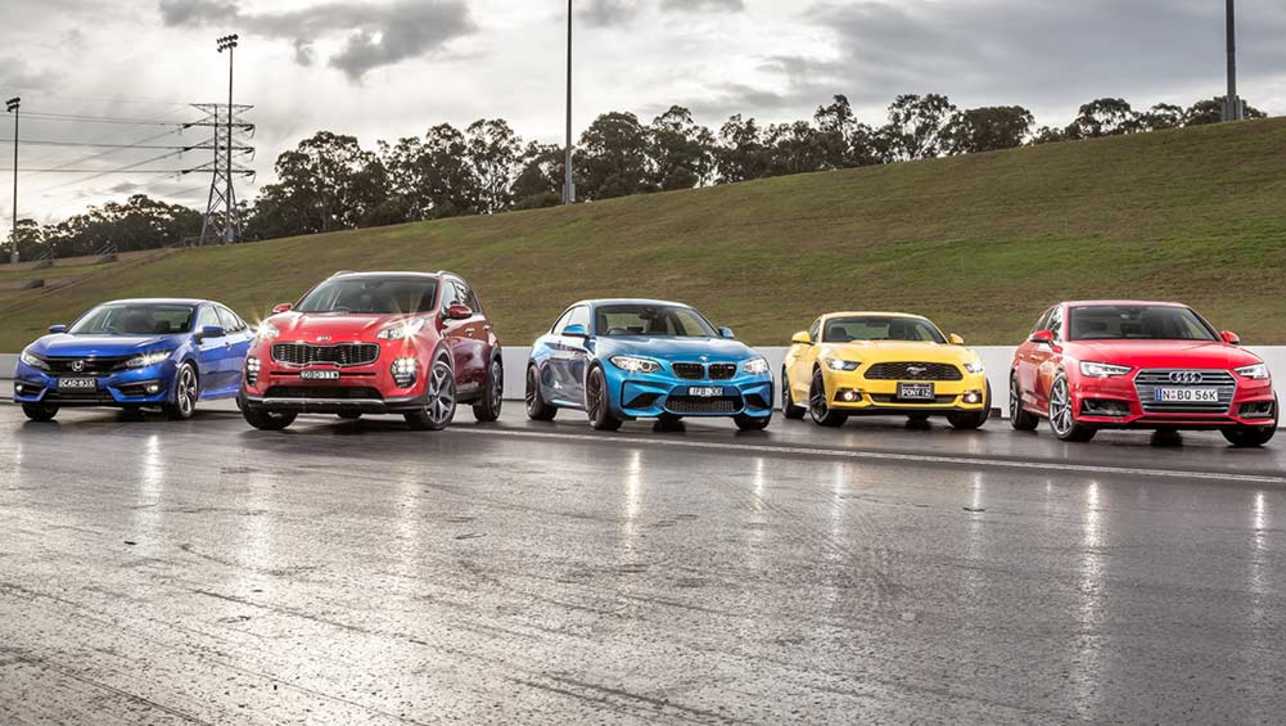Last week, we were able to bring you details of Kia's all-new fourth-generation Sportage. Now, still some two weeks out from the car's debut on September 15 at the Frankfurt motorshow, we've uncovered more detail about the SUV's interior design, equipment and safety features.
It all bodes well for existing owners looking to upgrade, or new buyers keen to buy into the booming medium-sized SUV segment.
First up, interior space. The new Sportage brings small but appreciable gains in roominess, without pushing its overall exterior dimensions into the class above. Yes, it's 40mm longer than the outgoing car (at 4480mm), but importantly it's no wider or taller, which tend to be the areas that can most affect ease of parking, particularly in shopping centres and underground carparks. Rear passengers will appreciate the extra room the most, gaining 5mm of headroom and 7mm of legroom. A 30mm higher hip point for the rear bench seat also means second-row passengers benefit from easier entry/egress; a more natural seating position and improved under-thigh support on the move. Further, in up-spec models fitted with reclining rear seats, there's now a greater range of adjustment, make it easier for rear passengers to recline for snoozing on longer trips. Two-level rear-seat heating will also be offered on premium variants.
Naturally, front-seat occupants have not been overlooked. There's a small gain to legroom, but more significantly the seats have been redesigned. Up-spec Sportage models will offer 10-way power control with lumbar support for the driver’s seat and eight-way power adjustment for the passenger seat, both with three-level heating. Greater use of high-tensile steel in the seat frames and redesigned springs and padding are claimed to both cut weight and improve durability.
The new Sportage introduces a far more lateral-orientated dash design style and divides the instrument panel into two clear zones, termed ‘display’ and ‘control’.
Key changes to structural parts of the car - known as ‘hard points’ - increase the glass area to improve visibility and bring a greater sense of airiness and spaciousness to the cabin.
So far, so much more comfortable. But it's with major upgrades to interior architecture and trim materials that promise to really raise Sportage's game. The outgoing model was no front-runner in terms of interior presentation; it was bland, bordering on utilitarian, depending on the choice of model. The new car sets out to fix this, at the same time bringing real gains in the important area of NVH (noise, vibration and harshness) that gives a car that quiet, peaceful, plush ambiance.
{{nid:35089}}
In a key departure from the previous Sportage, the new car introduces a far more lateral-orientated dash design style and divides the instrument panel into two clear zones, termed ‘display’ and ‘control’. The ‘display’ zone is intended purely to deliver information to occupants from the driver’s instrument binnacle and optional new 8.0-inch touchscreen interface in the centre of the dashboard.
Below this sits the control zone, with the centre console tilted 10 degrees towards the driver. It’s all intended to bundle more functions to the touchscreen, reducing the clutter and confusion of excessive buttons and knobs.
A big lift in materials quality, with a greater use of soft-touch plastics, more leather and polished metal surfaces, should all address the ambiance issue.
It’s not confirmed at this point, however, exactly which available safety systems will make it to Australian-spec cars.
As for cutting interior noise levels that’s been achieved with extra insulation across the engine bay’s firewall, and with additional sound-absorption layers in the floor and wheel arches. Even the suspension’s connection points to the body have come in for attention, all in the quest to make the Sportage one the quieter cars in its segment.
Improved safety of the new Sportage is also a big part of Kia’s focus. The bodyshell itself is claimed to give more protection in an accident due to the increase in ultra-high tensile-strength steel – up more than 30 per cent over the old model. Then there’s the raft of electronic safety systems, including lane-keeping warning, blind-spot indicators and Autonomous Emergency Braking (AEB), which uses a radar detection system to sense a potential collision with another vehicle or pedestrian and help bring the car to a halt.
Finally, there are increases to luggage capacity – thanks to dropping the floor level of the boot – and to fuel capacity, courtesy of a larger fuel tank (up four litres to 62L).
Combined with the promised improvements to fuel consumption, this latter change aims to increase the time between service station visits – and ramp up the satisfaction levels for buyers of Kia’s top-seller.





.jpg)
.jpg)



.jpg)
.jpg)
.jpg)
.jpg)
.jpg)
.jpg)
.jpg)
.jpg)
.jpg)
.jpg)
.jpg)
.jpg)
.jpg)


.jpg)


.jpg)
.jpg)


.jpg)






Comments